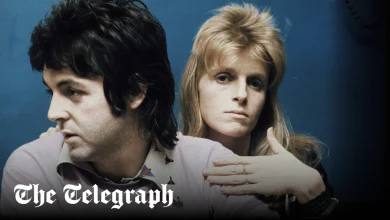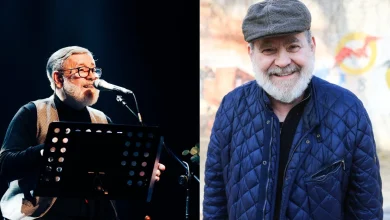Russia Ukraine war: Where peace stands after frantic diplomacy

In response to the original US document’s rather vague promise to offer “reliable security guarantees”, European leaders spoke of a US guarantee that “mirrors Article 5”, a reference to Nato’s principle of collective defence.
Last week, the Axios news website reported the existence of a separate US paper, presented to Ukraine, which outlines “security assurance modelled on the principles of Article 5 of the North Atlantic Treaty, adapted to the circumstances of this conflict”.
This critical aspect of the plan is clearly still a work in progress. Following Tuesday’s virtual meeting of the UK-French led Coalition of the Willing, participants agreed with the US Secretary of State, Marco Rubio, to “accelerate joint work with the United States to take forward the planning on security guarantees”.
Sir Keir Starmer says operational plans for a multinational “reassurance force” for Ukraine are fully formed but until the Trump administration indicates what, if any, backup it is willing to provide, those plans remain largely theoretical.
“Security guarantees are going to have to be fleshed out,” says Ambassador Fried.
“The Coalition of the Willing is a great idea, but it hasn’t landed on any result to date, partly because they are waiting to see whether the Americans will back them and partly because they’re waiting to see what they’re going into.”
Where we are on territory is another big unknown.
Last week’s 28-point plan stated, bluntly, that Crimea, Luhansk and Donetsk would be “recognised as de facto Russian”, and that Ukrainian forces would withdraw from the heavily contested parts of the Donetsk region still under Kyiv’s control.
All this language vanished in the European counter-proposal. Ukraine, it said, would commit “not to recover its occupied sovereign territory through military means”. All territorial negotiations, it said, would “start from the Line of Contact” – the current front lines.
It is not known the extent to which Europe’s approach informed the document that emerged after the talks in Geneva.
The joint US-Ukrainian communique offered only an oblique insight, saying the two sides “reaffirmed that any future agreement must fully uphold Ukraine’s sovereignty”.
The word “fully” appeared to be carrying a lot of weight.
Given Trump’s mercurial approach to the war in Ukraine, Putin’s lingering ambitions and Zelensky’s domestic difficulties – the current round of diplomacy takes place in the midst of a corruption scandal that is undermining his domestic standing – it is extremely difficult to know where this process goes next.
But it might be overly optimistic to think we are near the end.
“We’re still in the middle of this process,” says Leslie Shedd, another of the Atlantic Council’s non-resident fellows.
“There’s certainly a long way to go still.”
But for all the apparent chaos surrounding the Trump administration’s efforts, including a constantly shifting – and possibly competing – cast of characters, Shedd believes the administration is serious.
“It appears that the president… [is] truly prioritising finding a peace in Ukraine. And I think that is actually really important.”





